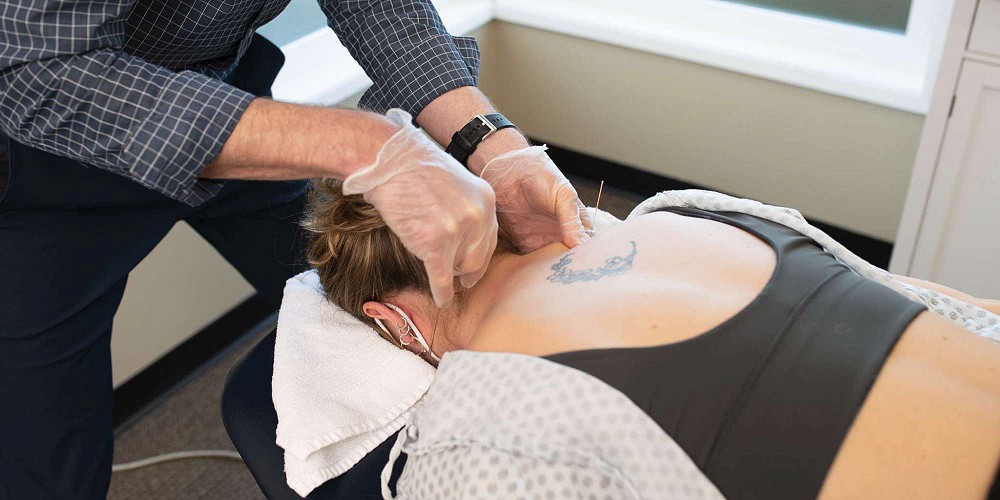Pelvic Floor Dysfunction, Assessment, & Treatment
Article by Amy Finlay
Pelvic floor physio is a popular treatment with more than a few misconceptions. For example, it's much more than just kegel exercises!

Pelvic Floor Physiotherapy involves the assessment and treatment of the muscles and structures that attach to the front, back and sides of the pelvic ring, including the sacrum.
The musculature in this region of the body are like a hammock or sling. They are very important as they support the bladder, rectum, uterus (in women), and prostate (in men).
The muscles of the pelvic floor also include those muscles that wrap around the urethra and rectum, which is important for functional bowel and bladder health, as well as muscles around the vagina, which is important for sexual health in women.
What Causes Pelvic Floor Dysfunction?
Pelvic floor dysfunction can occur for a number of reasons.
Common causes can include pelvic pain from conditions such as Vaginismus, Pudendal Neuralgia, and Chronic Prostatitis, as well as changes created as a result of Pregnancy or Menopause.
Dysfunction itself can present in two different ways:
- Hypotonicity: weakness and low resting tension in the pelvic floor musculature
- Hypertonicity: tightness or increased resting tension in the pelvic floor musculature
In other words, dysfunction does not only occur when musculature is weak. Increased resting tension can interfere with bladder function and create unwanted pain.
What Does Assessment Involve?
Your physiotherapist has taken specialized training and certification to treat those with pelvic floor dysfunction.
The physiotherapist will complete a thorough assessment, including a history and physical examination to determine an appropriate treatment plan for each individual client.
The physical examination includes observation of pelvic floor muscle activation and relaxation, and both internal and external manual techniques to evaluate the function of the pelvic floor muscles.
The lower back, hips and sacro-iliac joints will also be assessed as these joints can stress your pelvic floor musculature.
Pelvic Floor Treatment
Treatment is completed based on the assessment findings.
Treatment for Hypertonic Patients
If clients are found to be hypertonic, they will often present with troubles such as pelvic pain, urgency incontinence, painful sex (including orgasm, or any sexual stimulation), and constipation.
Often this group benefits from treatment techniques that help to relax the pelvic floor musculature including myofascial release techniques, breathing exercises, and education on self guided techniques.
Treatment for Hypotonic Patients
Hypotonic or weak pelvic floor clients will often present with troubles such as stress incontinence and organ prolapse (bladder, uterine, rectal).
These clients often benefit from education on bladder habits, strengthening exercises with or without biofeedback, and if appropriate referral on to other professionals for possible surgical intervention or device fittings such as pessaries.
References
- Dumoulin C, Hay-Smith J, Pelvic floor muscle training versus no treatment, or inactive control treatments, for urinary incontinence in women (Review), The Cochrane Library, 2010
- http://pelvichealthsolutions.c... Herman & Wallace Pelvic Rehabilitation Institute- Pelvic Floor Level 1 Certification Manual
You May Also Like...
-
 ArticleView Post
ArticleView PostAn Overview of Intramuscular Stimulation
Take a technical overview of IMS, a dry needling technique used to stimulate trigger points and reduce chronic myofascial pain.
-
 ArticleView Post
ArticleView PostPelvic Floor Health During Pregnancy & Postpartum
Being pregnant is a wonderful and exciting experience... that can also feel like a tumultuous roller-coaster ride.
-
 ArticleView Post
ArticleView PostInjectable Therapy (Part 1 of 2): Prolotherapy, PRP, and Cortisone
Nearly 8 million Canadian residents are living with the diagnosis of chronic pain1. Living with pain can impact one’s abilities to participate in activities of daily living—such as work, school, and socialization. There are many possible branches of treatment for chronic pain, and this article highlights the positive role that injectable therapies can have.